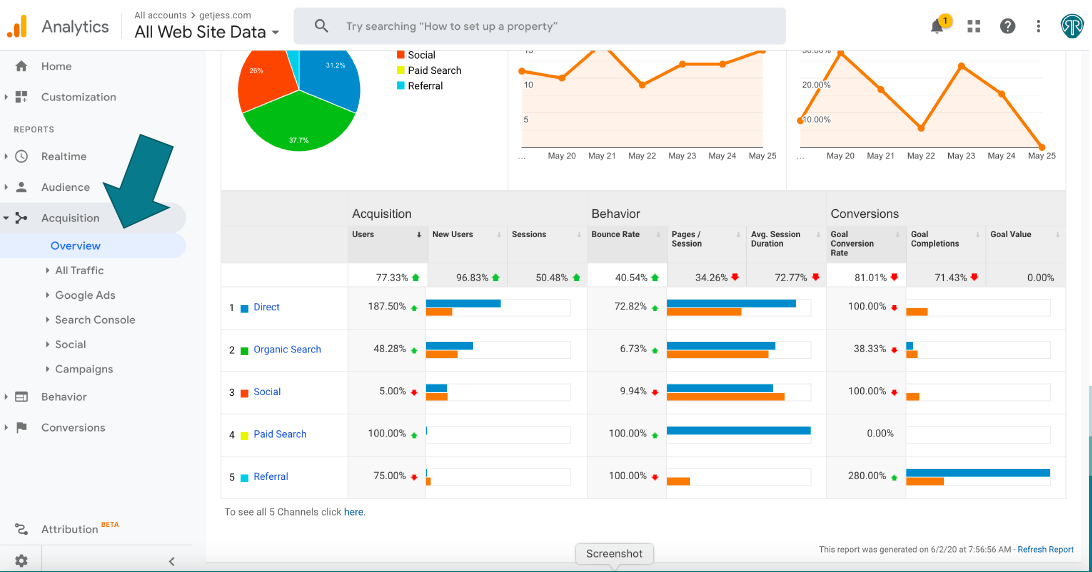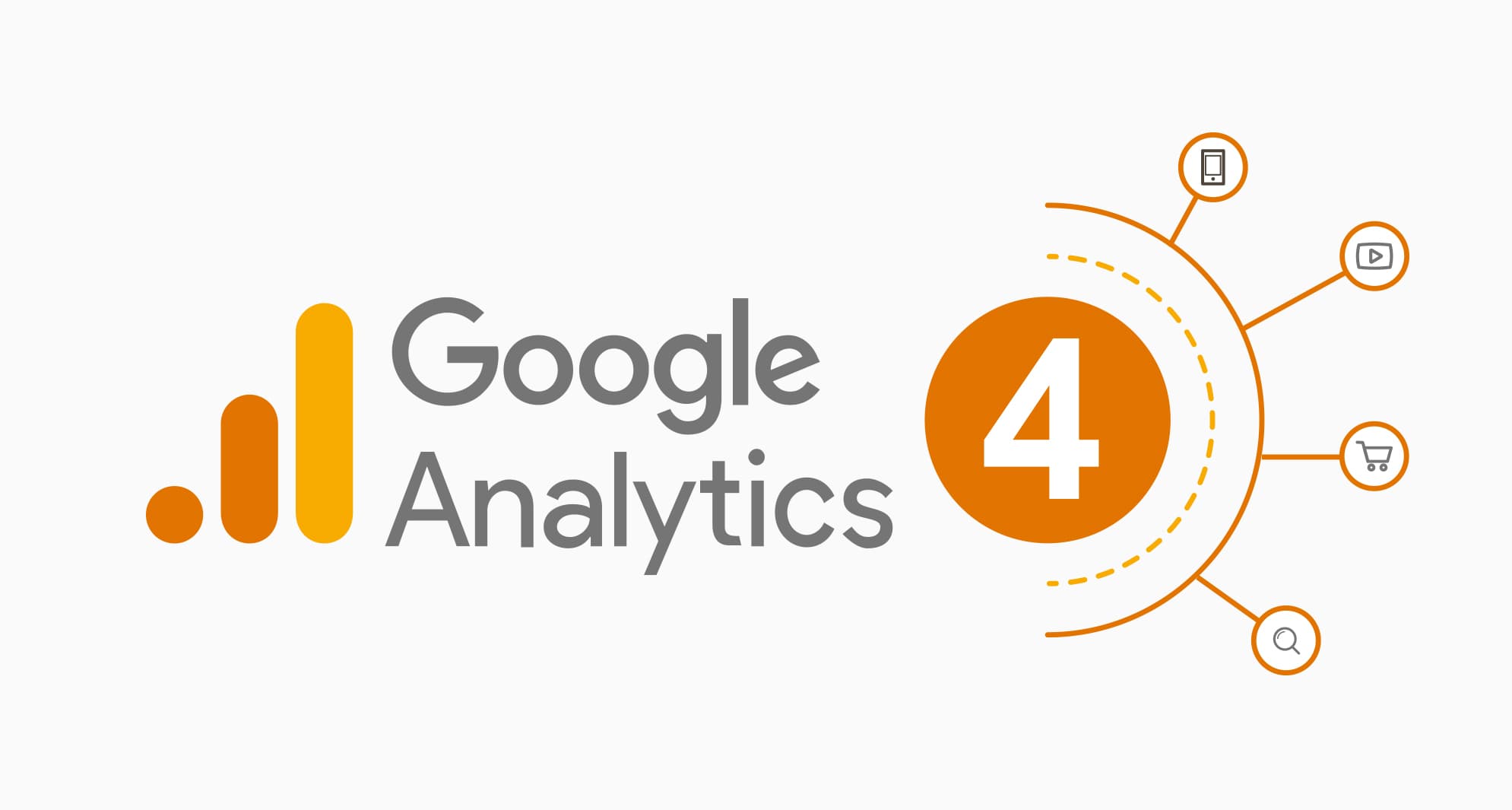Every little thing You Need to Know About When Does the Google Analytics Tracking Code Send an Event Hit to Analytics
Every little thing You Need to Know About When Does the Google Analytics Tracking Code Send an Event Hit to Analytics
Blog Article
Master Internet Site Insights With Accurate Google Analytics Tracking Code
The effective application of Google Analytics hinges on the specific execution of its monitoring code, a fundamental action commonly neglected by web site owners. This seemingly easy JavaScript bit, when appropriately placed, becomes the foundation of information collection, offering insights into individual actions and internet site performance. However, difficulties can arise throughout configuration, possibly skewing the information and bring about misinformed decisions. Understanding these details is vital for maximizing the benefits of analytics. What are the usual pitfalls that could threaten your tracking efforts, and just how can you make sure precision in your approach?
Recognizing Google Analytics Fundamentals
Google Analytics is a vital tool for internet site owners and marketing professionals, supplying indispensable insights right into customer habits and web site performance. At its core, Google Analytics accumulates information regarding visitors to a web site, allowing customers to examine metrics such as website traffic sources, user engagement, and conversion rates. Comprehending these fundamentals is essential for optimizing a website's effectiveness and improving individual experience.
The system utilizes cookies to track interactions, taping data such as page views, session durations, and bounce prices. This information is aggregated and offered through adjustable dashboards, enabling users to imagine trends gradually. Key efficiency indications (KPIs) can be kept an eye on, such as the overall number of users, new versus returning site visitors, and the geographic distribution of the target market.
Furthermore, Google Analytics offers division attributes, enabling individuals to separate particular traffic resources or user demographics for more targeted analysis. By grasping these fundamental aspects, site proprietors can make informed decisions regarding content method, marketing campaigns, and overall website improvements. Eventually, comprehending Google Analytics basics is vital for leveraging information to drive growth and achieve business goals properly.
Establishing Your Monitoring Code

Copy the given tracking code and paste it right into the HTML of your web site. Preferably, this code ought to be placed in the header area of every page you desire to track. This ensures that the monitoring code loads before any kind of other material, enabling it to catch data properly. If you are utilizing a material management system (CMS) like WordPress, there are plugins available that streamline the integration process.
After installment, verify that the monitoring code is operating correctly by using Google Tag Aide or the Real-Time records in Google Analytics - when does the google analytics tracking code send an event hit to analytics?. This step is important to confirm that your information collection is exact and active, establishing the foundation for informative analysis
Usual Tracking Code Issues
Lots of internet site owners encounter common problems with their Google Analytics tracking code that can prevent information collection and analysis. One prevalent problem is inappropriate installation. This might happen when the monitoring code is put in the wrong area of the web site's HTML, usually leading to insufficient or absent data. Furthermore, having numerous instances of the monitoring code on a solitary page can lead to filled with air metrics, as individual communications may be counted extra than once.
An additional concern occurs from making use of advertisement blockers, which can prevent the tracking code from carrying out entirely, therefore skewing data. when does the google analytics tracking code send an event hit to analytics?. Furthermore, failing to set up filters appropriately can lead to the exclusion of important website traffic sources or the incorporation of unwanted recommendation spam, distorting the information accumulated
Web site owners may likewise overlook the importance of monitoring code updates, especially when moving to Google Analytics 4 (GA4) from Universal Analytics. Last but not least, inadequate screening before launching modifications can lead to undiscovered mistakes in the monitoring code, better making complex information integrity. Addressing these usual concerns is essential for guaranteeing accurate monitoring and informative analytics.
Studying Site Information Efficiently
Precise data collection is only the very first step in leveraging Google Analytics; the genuine worth visit the site lies in properly examining that data to drive educated decision-making. To achieve this, it is vital to determine vital efficiency signs (KPIs) that align with your service objectives. Concentrate on metrics such as conversion prices, customer engagement, and website traffic resources, as these will provide understandings into customer behavior and the general efficiency of your site.
Making Use Of Google Analytics' segmentation features allows for a deeper understanding of your target market. By damaging down information right into details demographics, behaviors, and traffic channels, you can discover fads and patterns that notify targeted techniques. Carrying out personalized records and control panels can simplify this process, making it possible for quick accessibility to important information.
Additionally, regularly examining data fads with time assists to recognize anomalies and opportunities for improvement. Utilize visualization tools to existing data in a quickly digestible layout, facilitating a lot more reliable interaction with stakeholders. Ultimately, the capability to assess website data efficiently empowers companies to make strategic decisions that improve individual experience, maximize advertising initiatives, and drive development.

Finest Practices for Accurate Tracking
Carrying out effective tracking methods is critical for obtaining reliable information in Google Analytics. To guarantee precise tracking, start by properly installing the Google Analytics tracking code on every web page of your site. This can be completed through a tag manager or by straight installing the code into the HTML.
Following, configure your Google Analytics account to leave out inner traffic. This can be done by establishing filters that determine and remove check outs from your organization's IP address, therefore avoiding manipulated data. Furthermore, utilize occasion monitoring to keep an eye on details individual communications, such as downloads or video clip plays, which typical page sights might neglect.
Frequently investigate your monitoring configuration to verify that all attributes, such as goals and ecommerce tracking, are operating correctly. Develop a consistent naming convention for your occasions and projects to assist in simpler coverage and analysis.
Finally, consider leveraging UTM criteria for projects to acquire insights right into the performance of different advertising efforts. By complying with these ideal practices, you can enhance the precision of your data collection and evaluation, eventually leading to even more informed decision-making for navigate here your site.
Verdict
Accurate execution of the Google Analytics tracking code is crucial for grasping web site understandings. By making sure the monitoring code is appropriately positioned and frequently audited, web site owners can capture vital user communication data, therefore assisting in the identification of vital efficiency indications. Effective evaluation of this information, combined with adherence to finest techniques, allows educated decision-making and the optimization of on the internet approaches. Eventually, a robust monitoring framework boosts the capacity to drive involvement and boost overall web site performance.

Insufficient testing prior to introducing changes can result in undiscovered mistakes in the monitoring code, further making complex data reliability.Implementing efficient tracking practices is important for getting dependable information in Google Analytics. By guaranteeing the tracking code is appropriately positioned and frequently examined, website proprietors can capture important individual communication data, hence assisting in the identification of vital efficiency indications.
Report this page